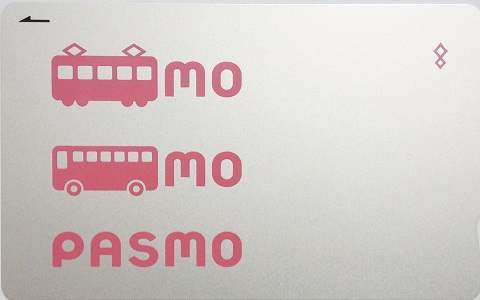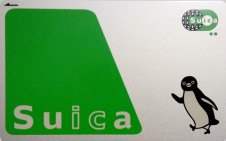What are SUICA and PASMO? - A Summary
A SUICA or PASMO is a prepaid IC card which you can use for:- Riding train, metro and bus
- Almost any shops, cafes and restaurants in and around train or metro stations
- Vending machines (coffee, drink, etc.) in and around train or metro stations
- Convenient stores (Seven-Eleven, Family Mart, Lawson, etc.)
- Quite many other shops, cafes and restaurants in town (including McDonalds, Starbucks, etc.)

